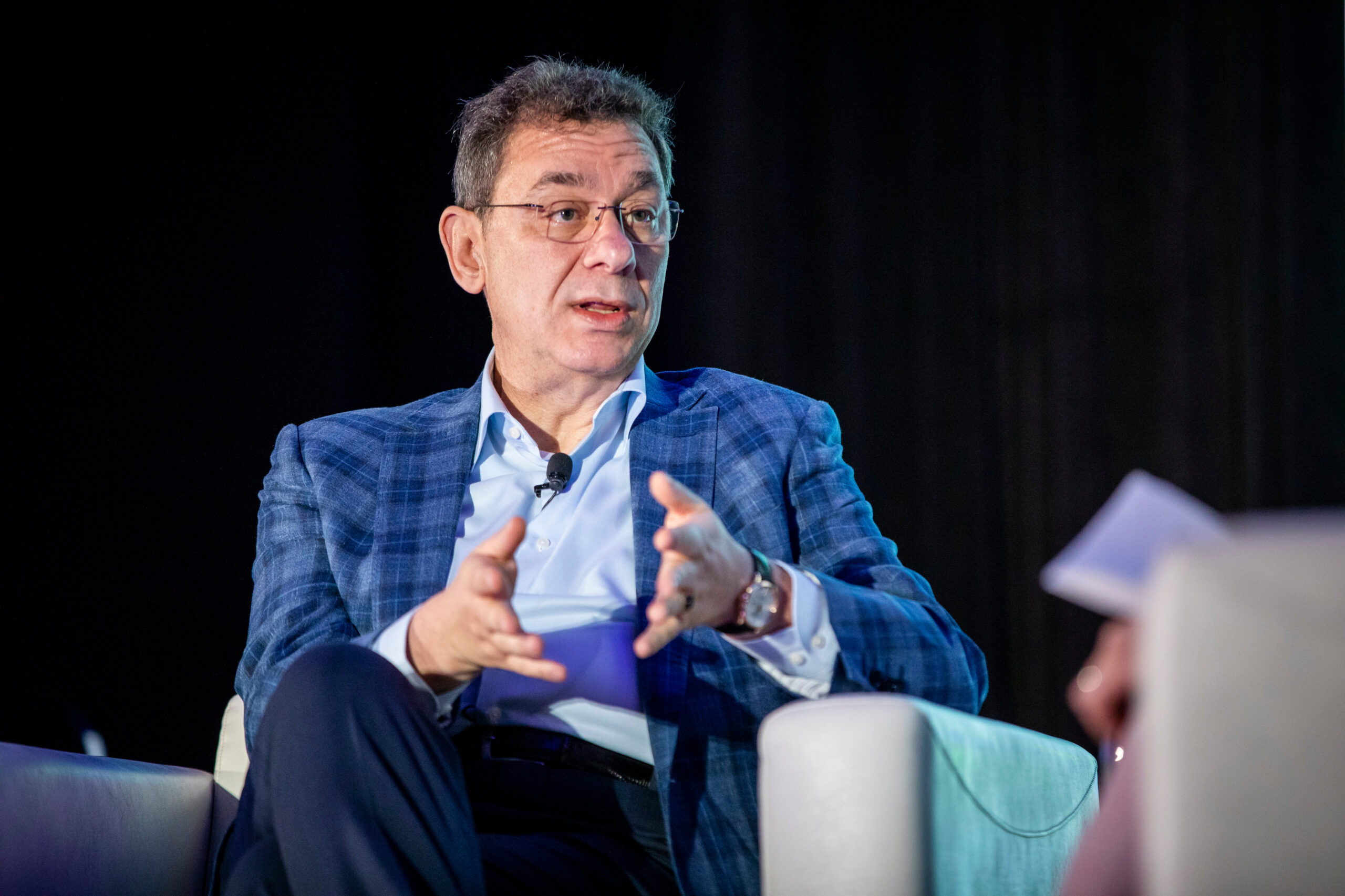
Albert Bourla, Pfizer CEO (Matthew Busch/Bloomberg via Getty Images)
Pfizer's Albert Bourla spells out 'transition year' for Covid products, with sales expected to reach a low point
On the heels of a record sales year, Pfizer is bracing for impact as it expects Covid-19 revenue to bottom out in 2023.
That’s due …
Sign up to read this article for free.
Get free access to a limited number of articles, plus choose newsletters to get straight to your inbox.